



















Karen
Blixen's Africa
as told from my travels
Galen R Frysinger, PhD
June 23, 2010
KAREN'S AFRICA from Galen Frysinger on Vimeo.
A presentation to the Sheboygan County Library
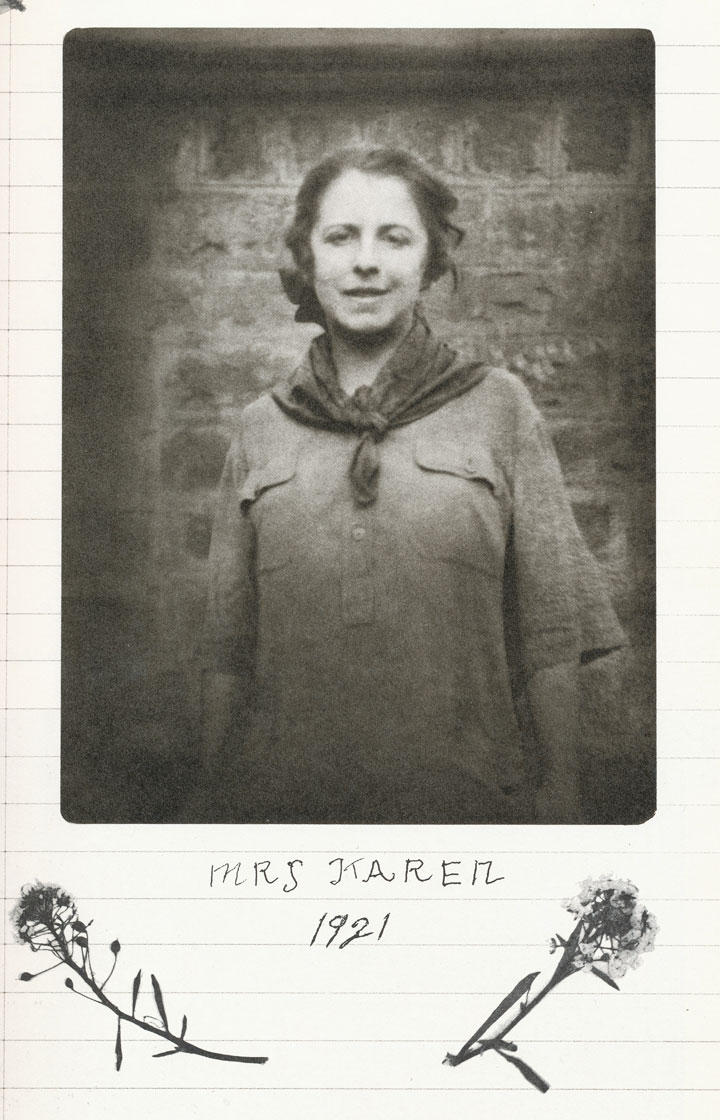
Baroness Karen von Blixen-Finecke
Baroness Karen von Blixen-Finecke (17
April 1885 – 7 September 1962), née Karen Christenze Dinesen, was a Danish
author also known under her pen name Isak Dinesen. She also wrote under the pen
names Osceola and Pierre Andrézel. Blixen wrote works in both Danish and in
English. She is best known for Out of Africa, her account of living in Kenya,
and one of her stories, Babette's Feast, both of which have been adapted into
highly acclaimed, Academy Award-winning motion pictures. Prior to the release of
the first film, she was noted for her Seven Gothic Tales, for which she is also
known in Denmark.
Karen Dinesen was the daughter of writer and army officer, Wilhelm Dinesen, and
Ingeborg Westenholz, and the sister of Thomas Dinesen. She was born into a
Unitarian bourgeois family in Rungsted, on the island of Zealand, in Denmark,
and was schooled in art in Copenhagen, Paris, and Rome.
She began publishing fiction in Danish periodicals in 1905 under the pseudonym
Osceola, the name of the Seminole leader, possibly inspired by her father's
connection with Native Americans. From August 1872 to December 1873, Wilhelm
Dinesen had lived among the Chippewa Indians, in Wisconsin, where he fathered a
daughter, who was born after his return to Denmark. Wilhelm Dinesen hanged
himself in 1895 after being diagnosed with syphilis when Karen was nine.
In 1913 Karen Dinesen became engaged to her second-cousin, the Swedish Baron
Bror von Blixen-Finecke, after a failed love affair with his brother. The couple
moved to Kenya, where in early 1914 they used family money to establish a coffee
plantation, hiring African workers, predominantly the Kikuyu tribespeople who
lived on the farmlands at the time of their arrival.
This and other texts from Wikipedia
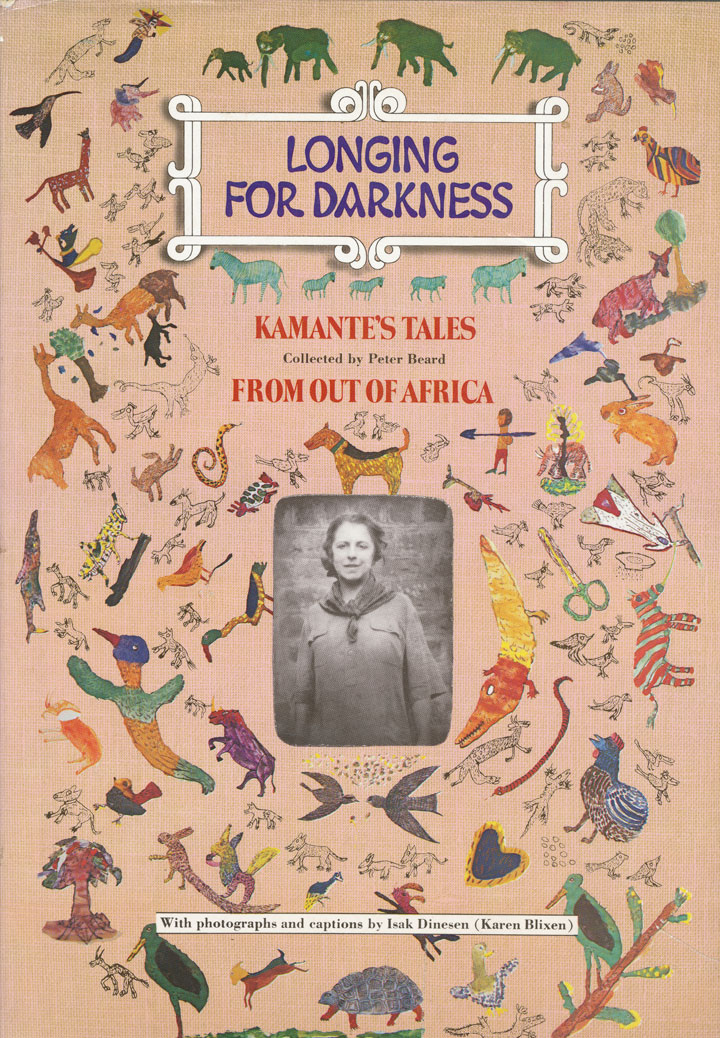
Isak Dinesen and the land and people
she loved are nowhere so real and compelling as in LONGING FOR DARKNESS, written
by Dinesen's majordomo, Kamante. Readers familiar with OUT OF AFRICA may
recognize many of these enchanting stories--retold here from Kamante's
perspective and enhanced with his drawings, letters, Dinesen's words and
snapshots, and photographs by Peter Beard throughout.
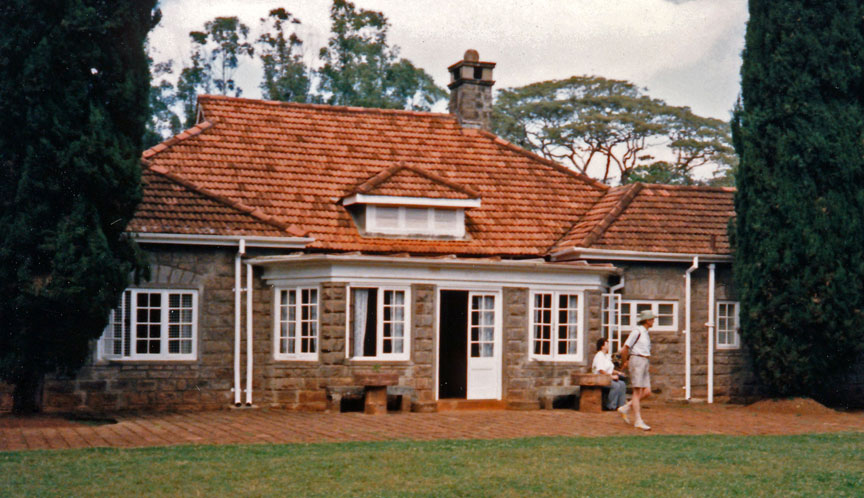
Karen's Residence
My photo from 1987

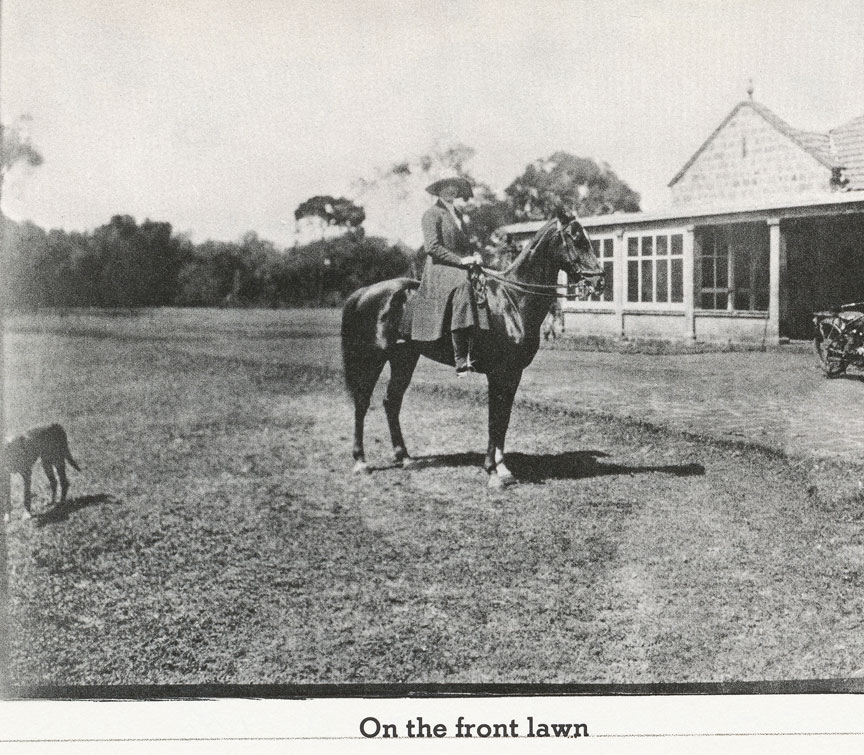
photographs by Peter Beard

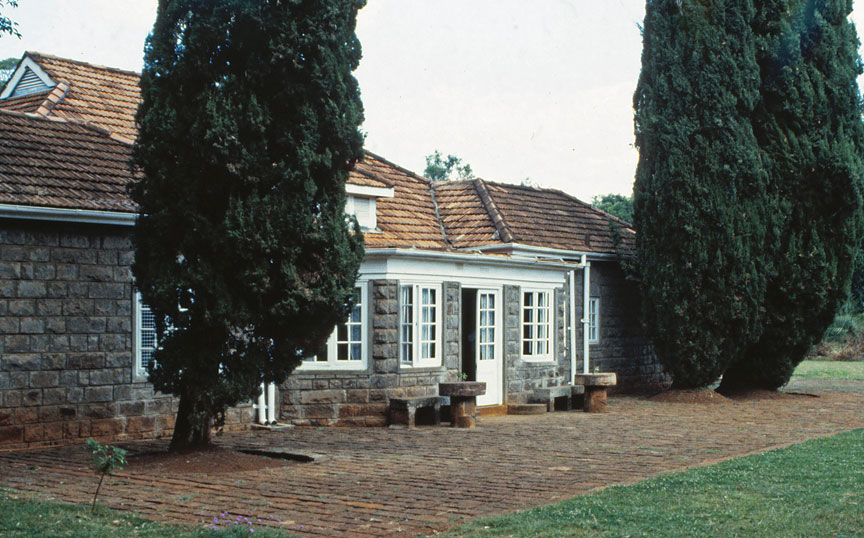
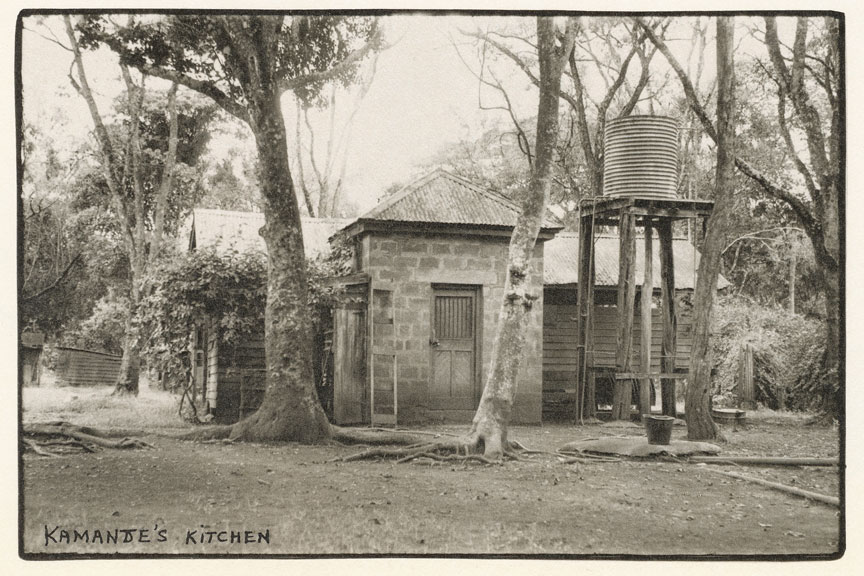
photograph by Peter Beard
Kamante Gatura – A young boy crippled
by running sores when he enters Blixen’s life, Kamante was successfully treated
by the doctors at the “Scotch" Christian mission near the farm, and thereafter
served Blixen as a cook and as a wry, laconic commentator on her choices and her
lifestyle. There is a strong suggestion that Blixen and Kamante are well-suited
as friends because both are loners and skeptics, who look at their own cultures
with the critical eye of the misfit.
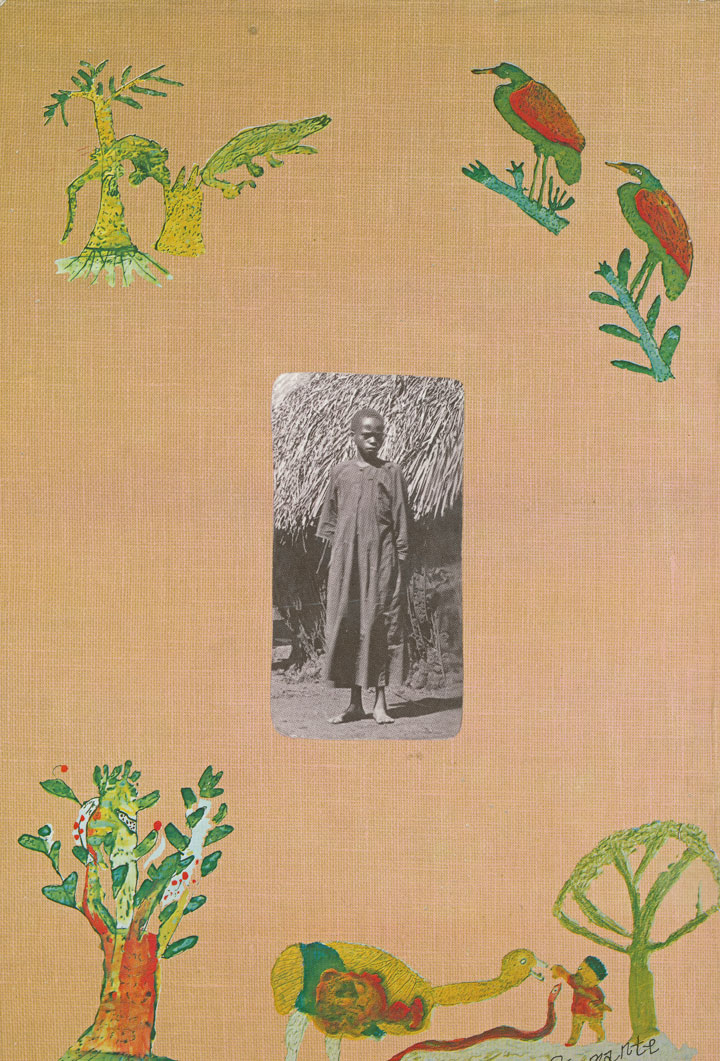
Kamante Gatura

My photo of the interior (1987)

photograph by Peter Beard
Karen's dining room
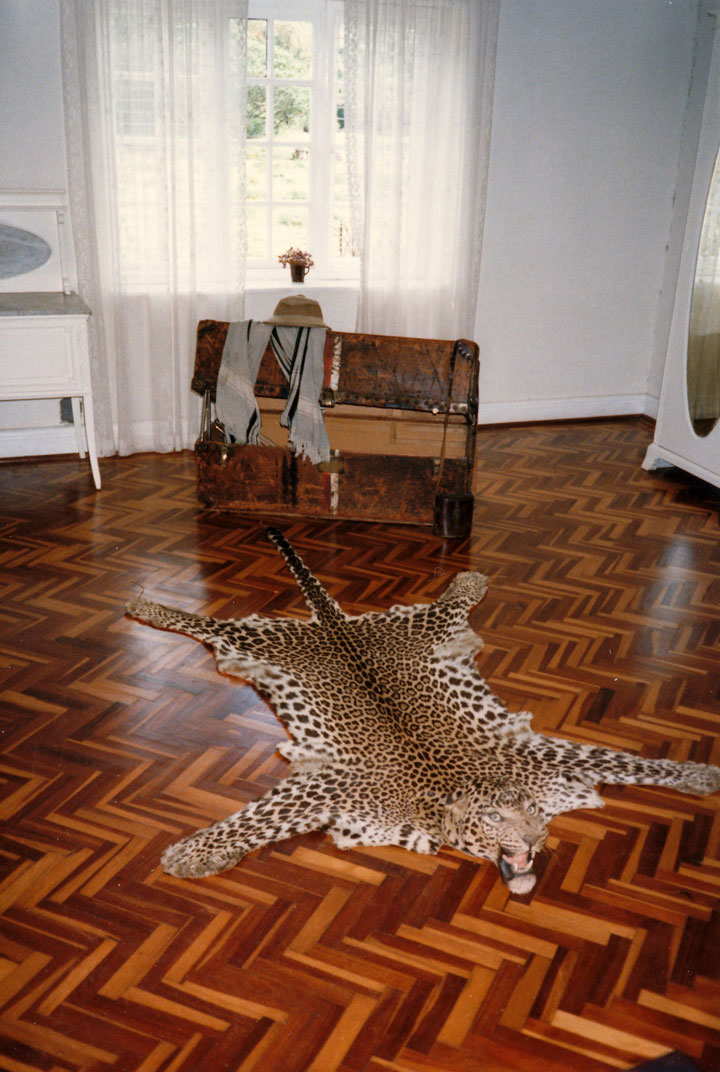
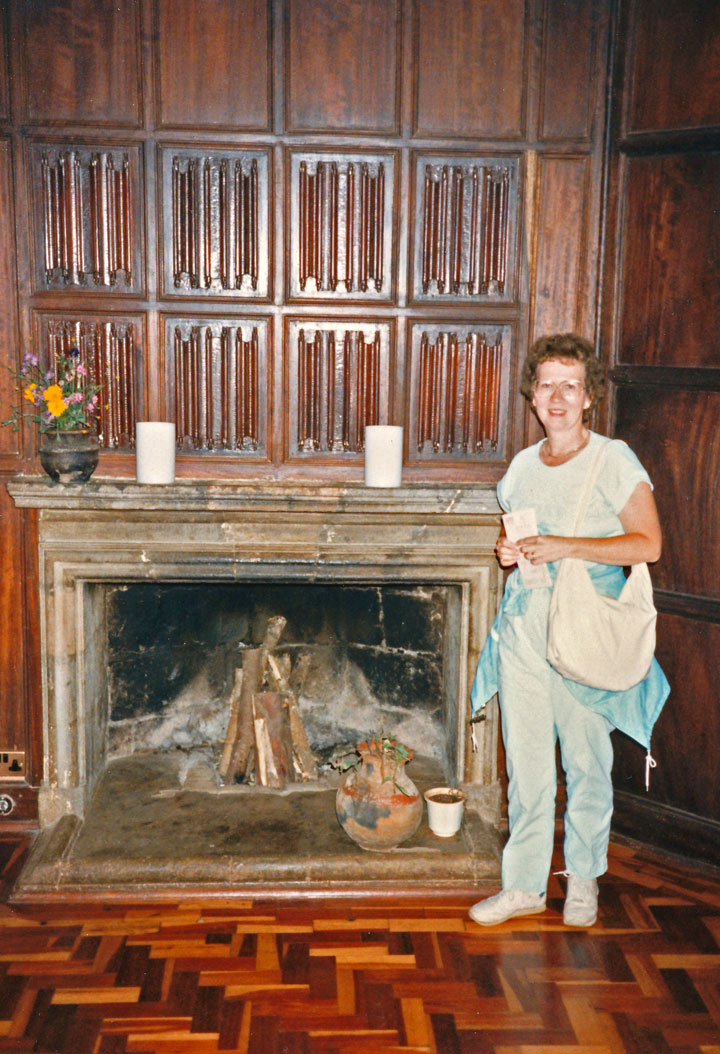
My wife, Marlene
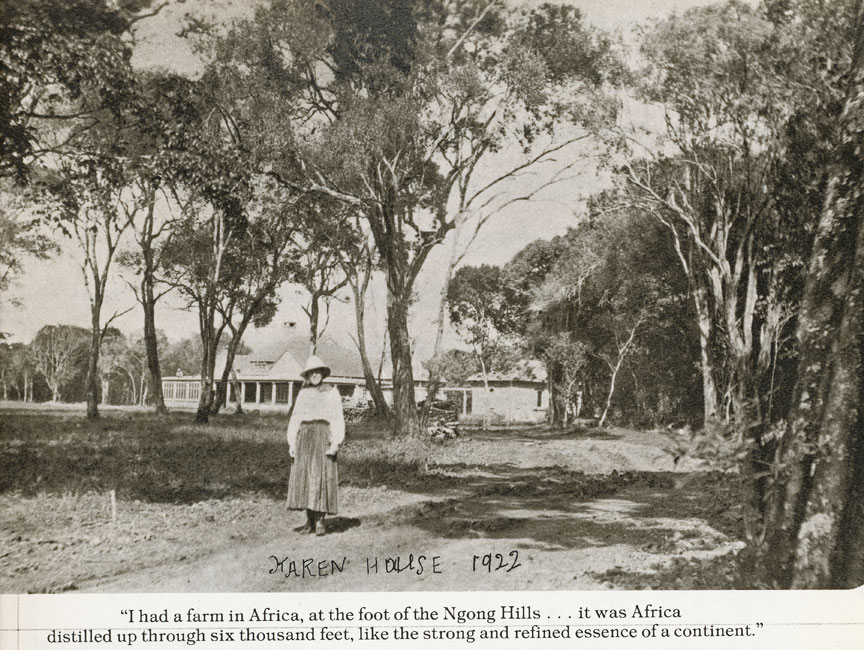
photographs by Peter Beard
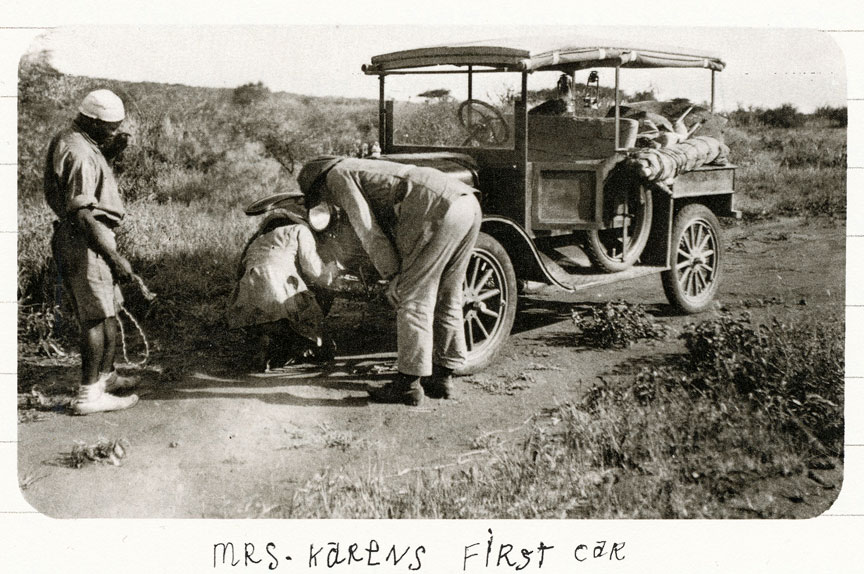
photograph by Peter Beard

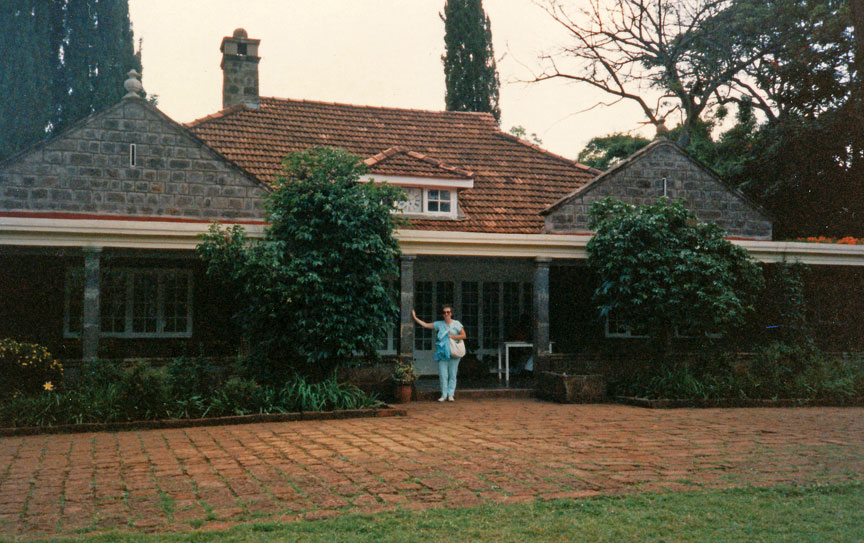
My wife, Marlene, leaving
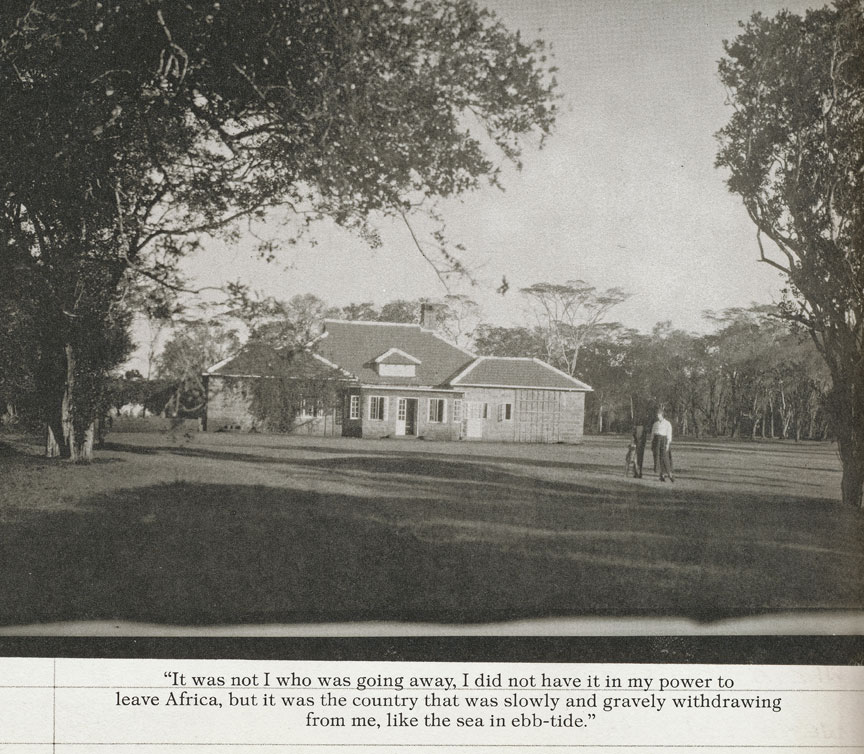
photograph by Peter Beard
Karen leaving
The Neighborhood
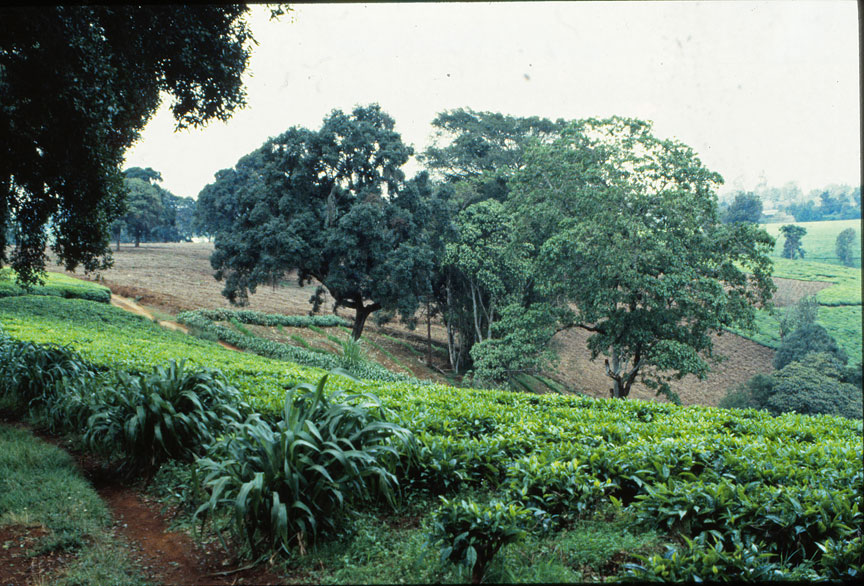
tea plantation
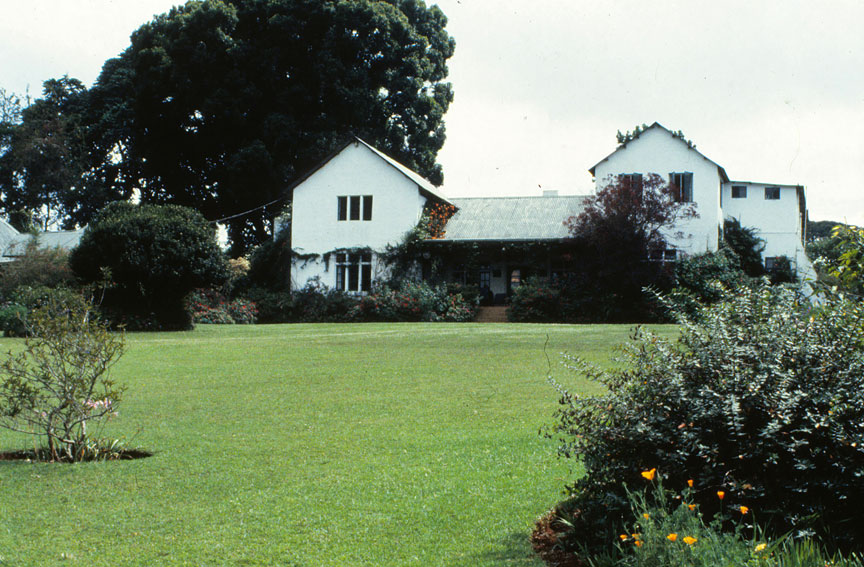
nearby tea plantation house
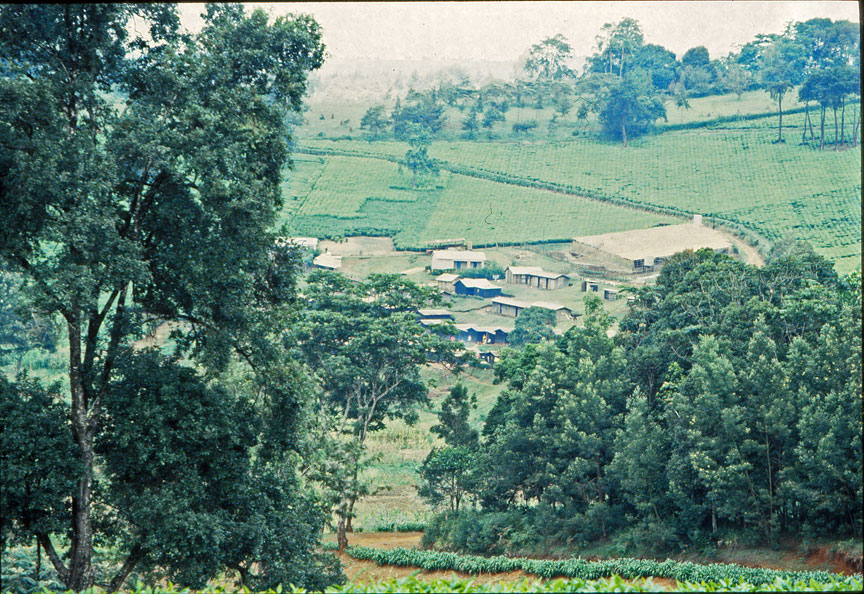
where Karen's Kikuyu once lived
The Animals of Karen's Africa
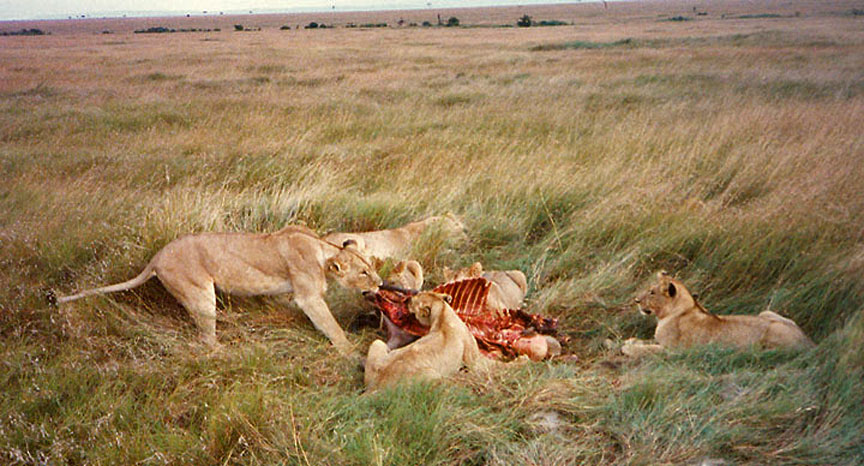
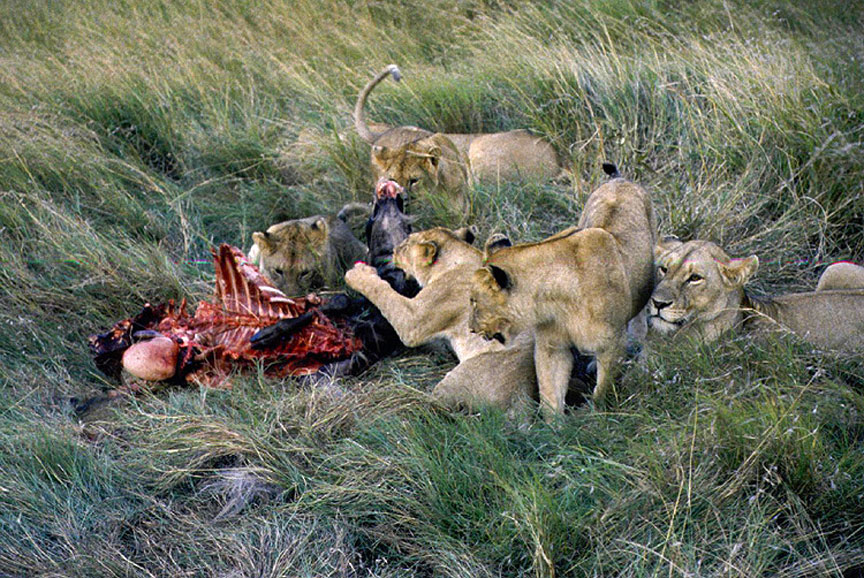
African Lions feeding
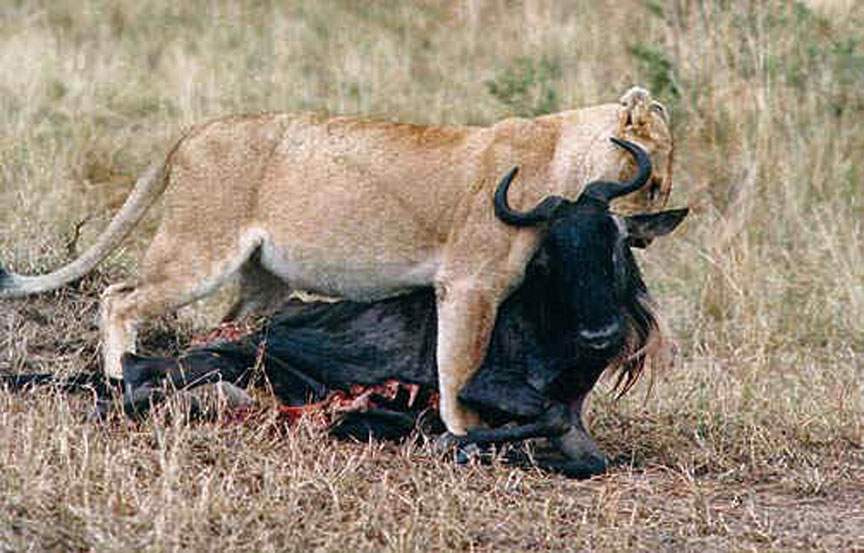


African Elephants

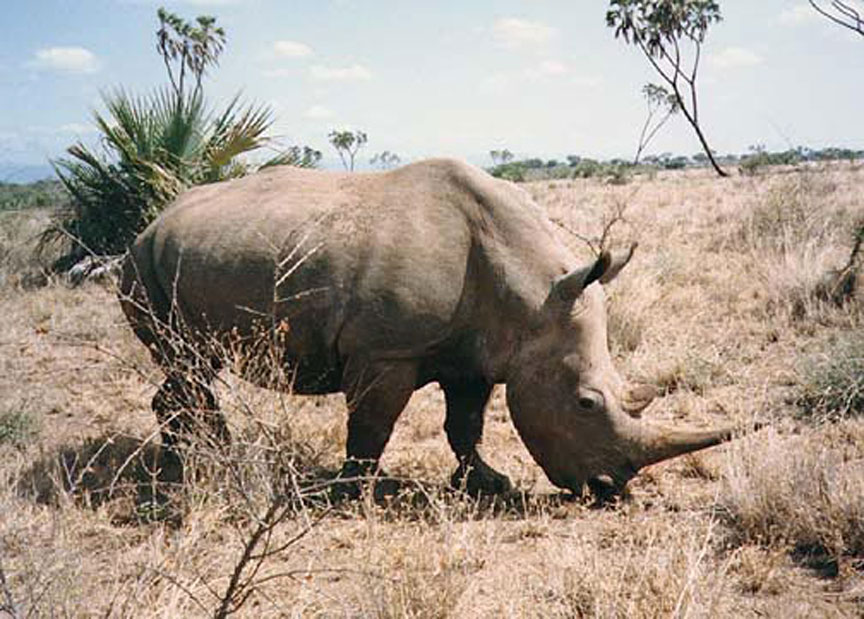
Rhino
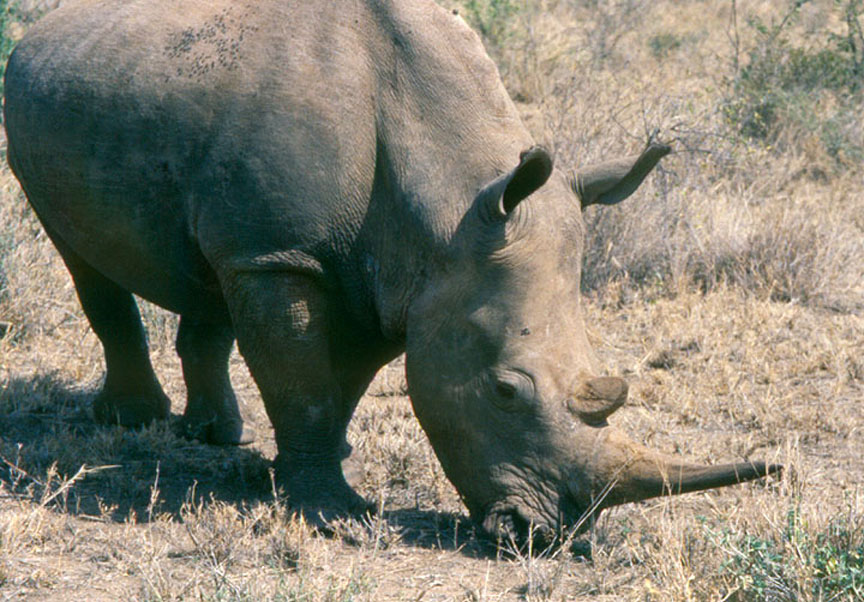

Cheetah

Leopard
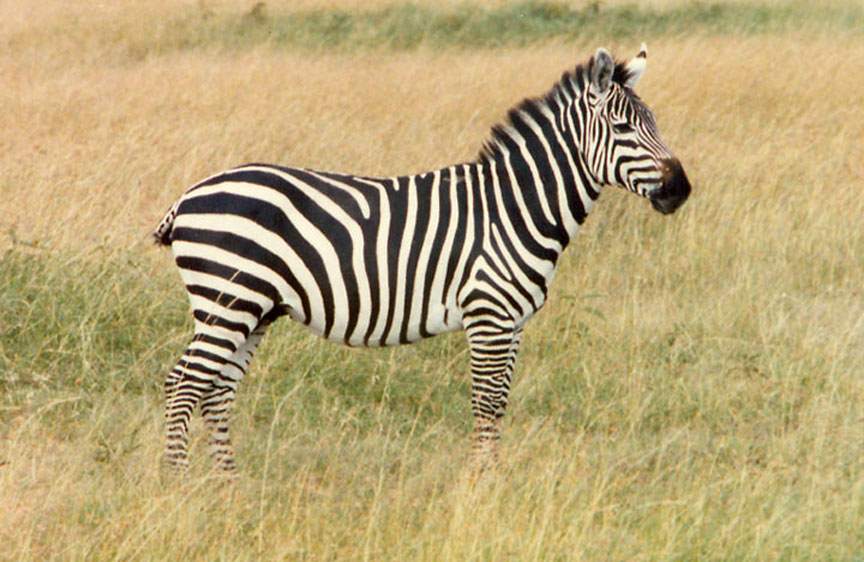
Zebra

Masai Giraffe
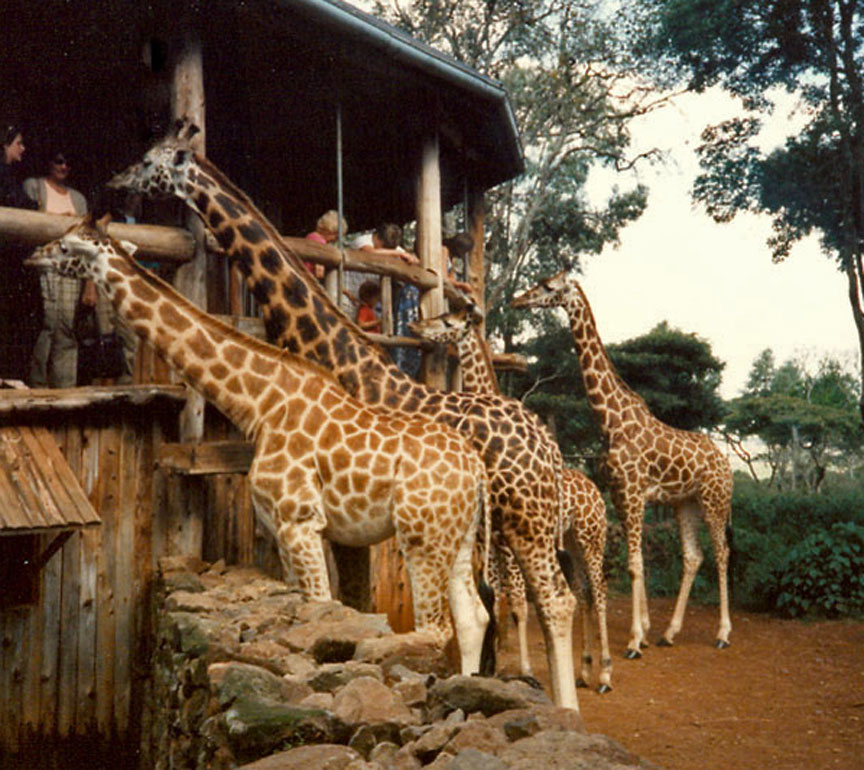
The Rothschild Giraffe
The Rothschild Giraffe (Giraffa
camelopardalis rothschildi) is the second most endangered giraffe subspecies
with only a few hundred members.It is named after the famous family of the Tring
Museum's founder, Lord Walter Rothschild, and is also known as the Baringo
Giraffe, after the Lake Baringo area of Kenya, or as the Ugandan Giraffe, All of
those that are living in the wild are in protected areas in Kenya and Uganda.
(Recently it has been proposed that the Rothschild Giraffe is actually a
separate species from other giraffes and not a giraffe subspecies.) While
giraffes in general are classified as Lower Risk: Conservation Dependent, the
Rothschild Giraffe is at particular risk of hybridisation, as the population is
so limited in numbers. There are very few locations where the Rothschild Giraffe
can be seen in the wild, with notable spots being Lake Nakuru National Park in
Kenya and Murchison Falls National Park in Northern Uganda. There are various
captive breeding programmes in place—most notably at The Giraffe Centre in
Nairobi, Kenya, and at Woburn Safari Park in Bedfordshire, England—which aim to
expand the genetic gene-pool in the wild population of the Rothschild Giraffe.
Rothschild Giraffes are easily distinguishable from other subspecies. The most
obvious sign is in the coloring of the coat, or pelt. Where the Reticulated
Giraffe has very clearly defined dark patches with bright whitish channels
between them, the Rothschild Giraffe more closely resembles the Masai Giraffe.
However, when compared to the Masai Giraffe, the Rothschild subspecies is paler,
the orange-brown patches are less jagged and sharp in shape and the connective
channel is of a creamier hue compared to that seen on the Reticulated Giraffe.
In addition, the Rothschild Giraffe displays no markings on the lower leg,
giving the impression that it is wearing white stockings.
Another distinguishing feature of the Rothschild Giraffe, although harder to
spot, is the number of horns on the head. This is the only subspecies to be born
with five 'horns'. Two of these are 'true' horns at the top of the head, in
common with all giraffes. The third 'horn' can often be seen in the centre of
the giraffe's forehead and the other two behind each ear. They are also taller
than many other subspecies, measuring up to six metres tall (20 ft).
Rothschild Giraffes mate at any time of the year and have a gestation period of
14 to 16 months, with one calf generally being born. They live in small herds,
with males and females (and their calves) living separately, only mixing for
mating.
Males are larger than females and their two 'true' horns are usually bald from
sparring. They also tend to be darker in colour than the females, although this
is not a guaranteed sexing indicator.
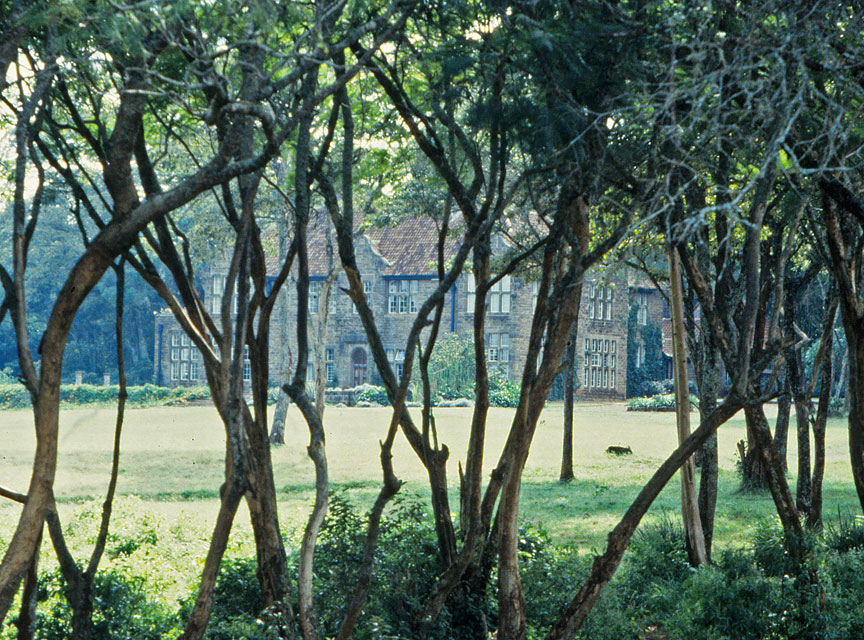
Rothschild Mansion
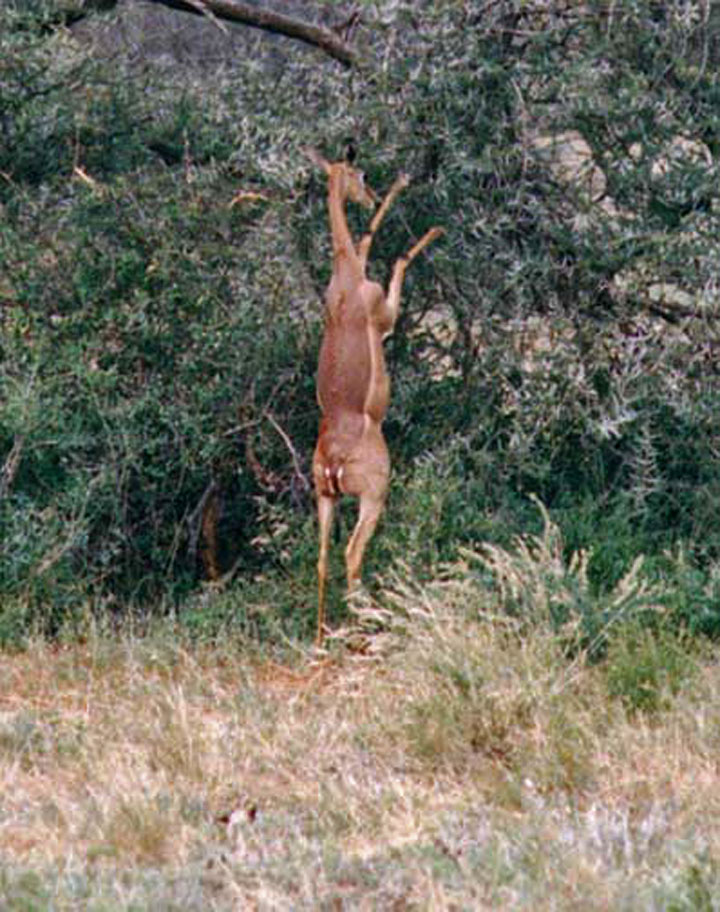
Gerenuk feeding
The Gerenuk (Litocranius walleri),
also known as the Waller's Gazelle, is a long-necked species of antelope found
in dry bushy scrub and steppe in East Africa. The word Gerenuk comes from the
Somali language, meaning “giraffe-necked”, and leads to another common name, the
Giraffe-necked Antelope. It is the only member of the genus Litocranius.
Gerenuks have a small head for their body, but their eyes and ears are big.
Unlike females, males have horns and a more muscular neck. They are brown on
their back, and lighter underneath. They have short, black tails. From head to
tail, the gerenuk is around 150 cm long. Males are a little taller than females,
ranging from 89-105 cm, and the females are 80-100 cm. The male is also heavier
than the female, weighing at 45 kg, and females are 30 kg.
Gerenuks eat food from higher places than most other gazelles and antelopes.
They do this by standing up on their hind legs, and stretching out their long
necks to get food off of tall bushes or small trees. Most of their diet is made
up of tender leaves and shoots of prickly bushes and trees, but also includes
buds, flowers, fruit, and climbing plants. Gerenuks do not need to drink,
because they get enough water from the plants they eat. Because of this, they
can survive in their dry habitat.
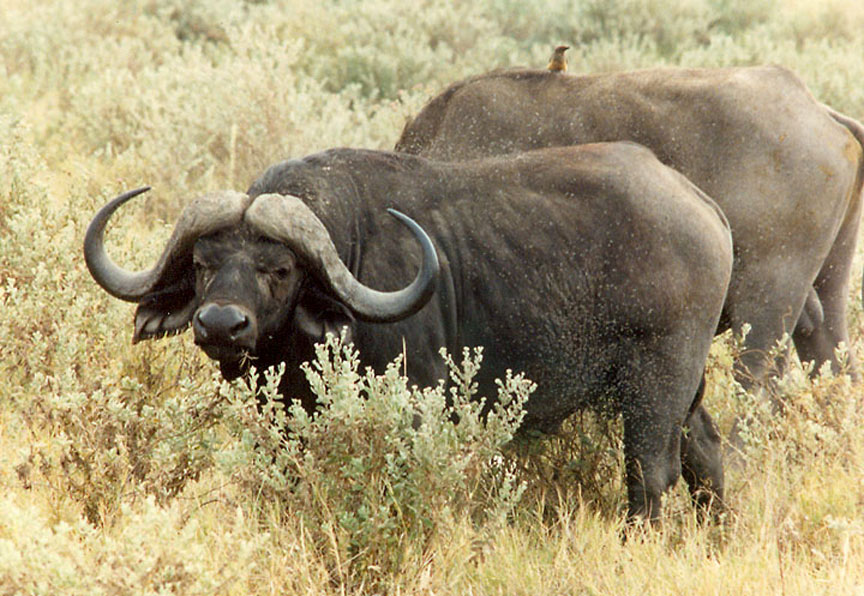
Cape Buffalo
The African buffalo, affalo or cape
buffalo (Syncerus caffer) is a large African bovid. It is not closely related to
the slightly larger wild Asian water buffalo, but its ancestry remains unclear.
Owing to its unpredictable nature which makes it highly dangerous to humans, it
has not been domesticated, unlike its Asian counterpart, the domestic Asian
water buffalo.
The African buffalo is a very robust species. It is up to 1.7 metres high, 3.4
meters long. Savannah type buffaloes weigh 500–900 kg, with males, normally
larger than females, reaching the upper weight range. forest type buffaloes are
only half that size. Savannah type buffalo have black or dark brown coats and
their horns are curved to a closed crescent. Forest type buffalo are reddish
brown in color with horns that curve out backwards and upwards. Calves of both
types have red coats.

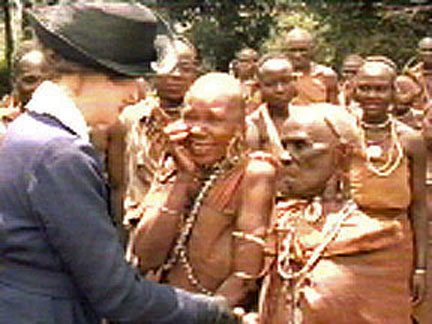
Karen's Kikuyu from "Out of Africa"
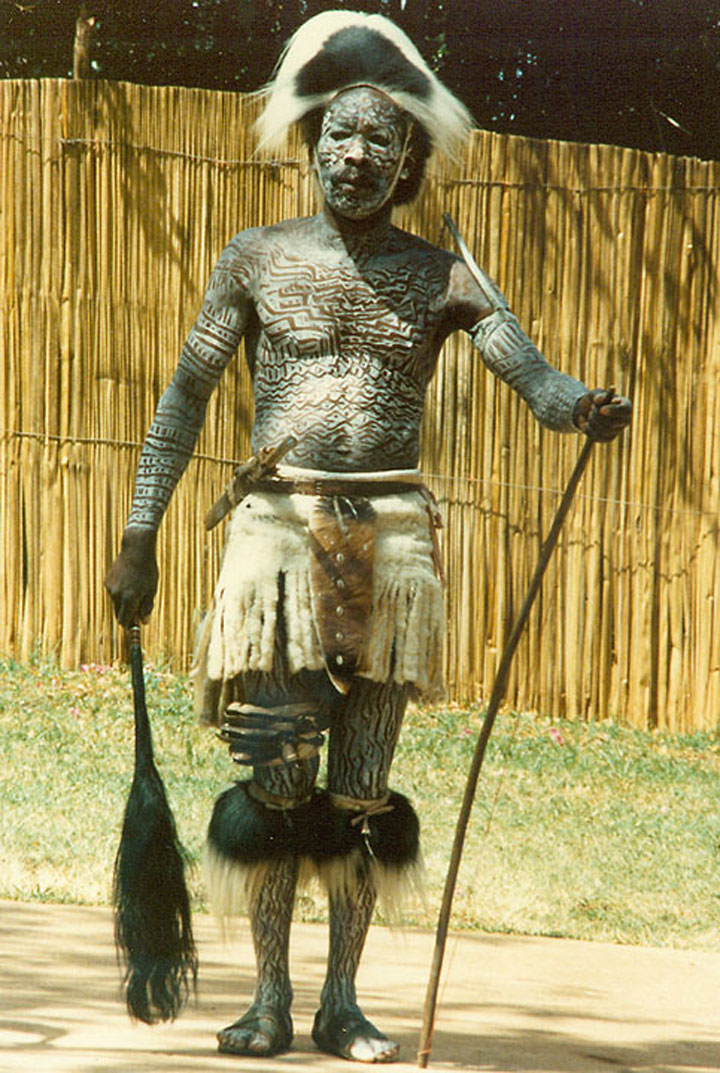
My Photo of a Kikuyu
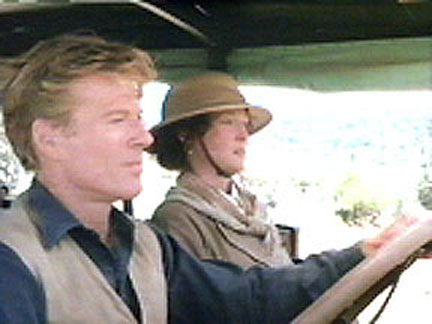
Denys Finch Hatton as shown in "Out
of Africa"
Denys Finch Hatton – Blixen’s
portrait of Finch Hatton is as a kind of philosopher king, a man of exceptional
erudition and natural grace, at one with nature, who fit in everywhere and
nowhere: “When he came back to the farm, it gave out what was in it – it spoke…
When I heard his car coming up the drive, I heard, at the same time, all the
things of the farm telling what they really were.” Such glowing reports of Finch
Hatton are not uncommon; by all accounts he radiated, from a young age, a kind
of warmth and serenity that many people found irresistible. But while Blixen is
generally believed to have been Finch Hatton's lover, and she writes of him with
unbridled adoration, in Out of Africa at least she refrains from ever clearly
defining the nature of their relationship. Finch Hatton came from a titled
British family and was educated at Eton and Oxford. But he turned his back on
his British noblesse, and came to Africa in 1911, at the age of 24. He began as
a farmer and trader, but later became a white hunter – and he was well-liked by
many Africans. Blixen met Finch Hatton at a dinner in 1918. He was, to judge by
Blixen’s correspondence as well as some passages from Out of Africa, the great
love of her life. She was bound, she wrote to her brother, "to love the ground
he walks upon, to be happy beyond words when he is here, and to suffer worse
than death many times when he leaves." After August 1923, when not on
safari, Finch Hatton used Blixen’s farm as his home base. Like her, Finch Hatton
was a lifelong non-conformist, and it was apparently a cause of great heartache
to her that he resisted her efforts to form a more permanent “partnership.”
Blixen is believed to have miscarried at least one child fathered by him. From
late 1930 to early 1931, as their romance was ending, Finch Hatton took Blixen
flying over her farm and other parts of Africa in his de Havilland Gipsy Moth
biplane, which she described as “the most transporting pleasure of my life on
the farm.” In May 1931, when their affair was likely over for good, Finch Hatton
was killed when his Gypsy Moth crashed after takeoff at the Voi aerodrome; those
events are recounted in the last chapters of Out of Africa.
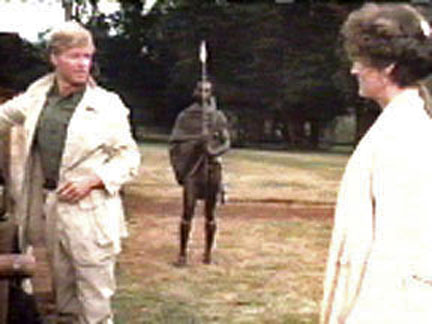
Denys Finch Hatton with his Masi
warrior companion

Lion over Denys's grave
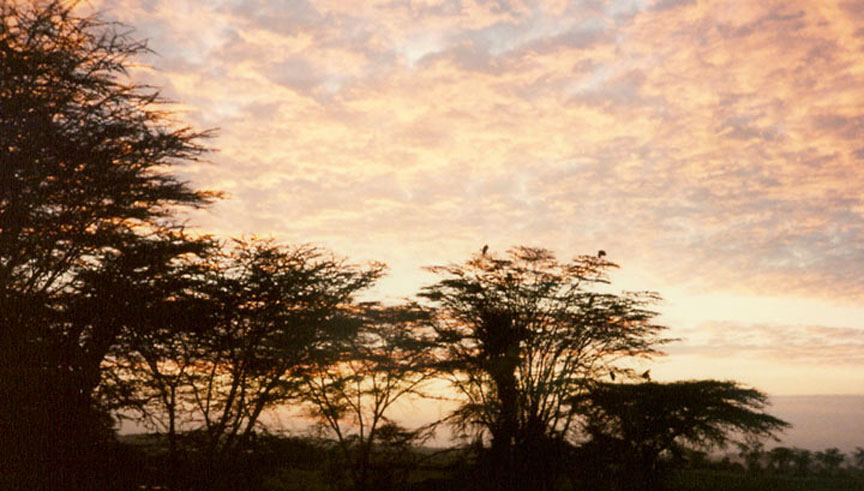
Sunset in Africa
Into Africa: Globetrotting Sheboygan photographer will share his
images of Kenya at Mead Library presentation
By Deanne Schultz • Press correspondent • June
17, 2010


















































































